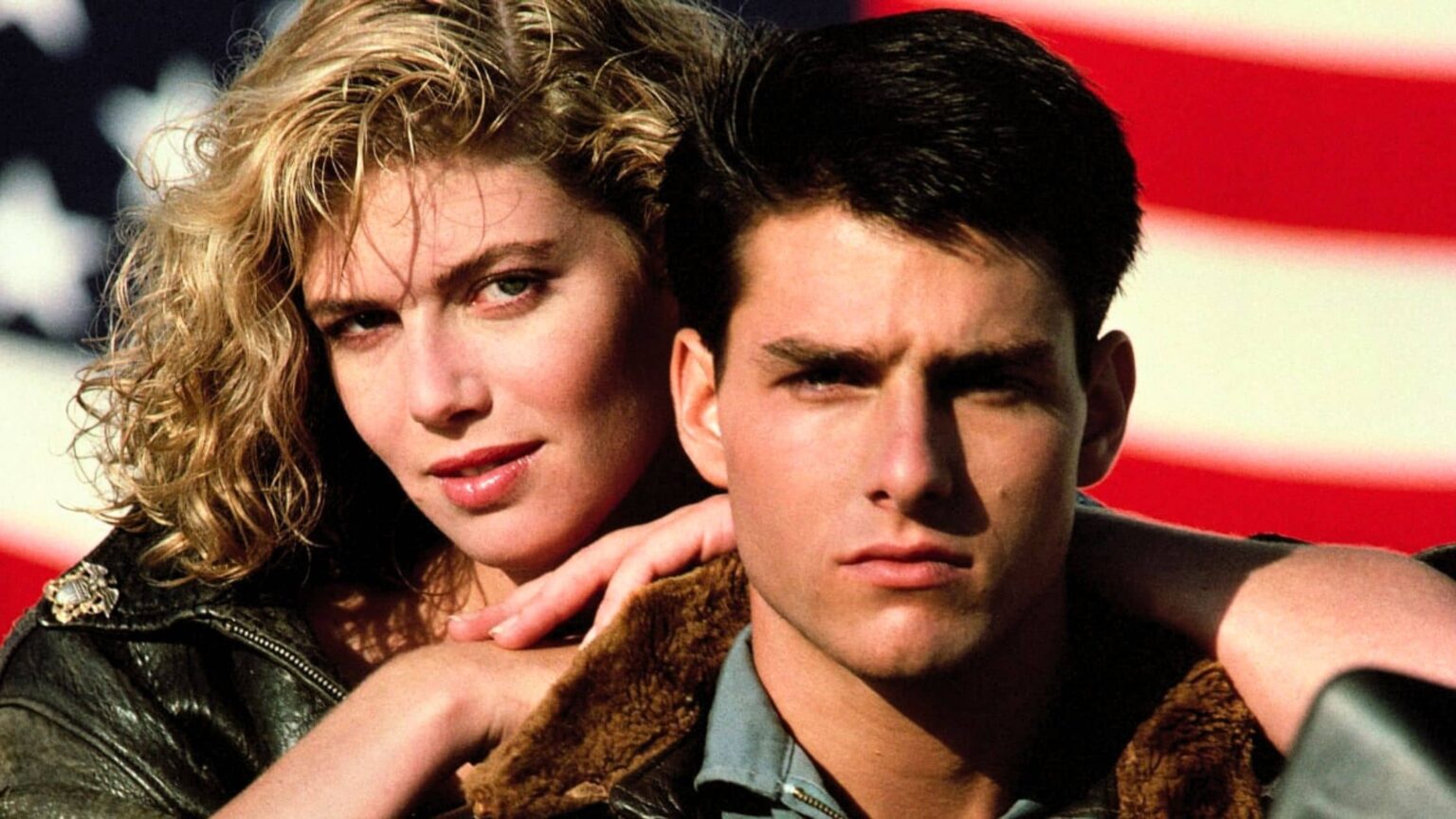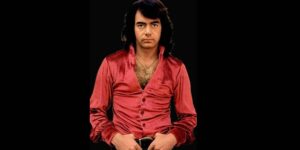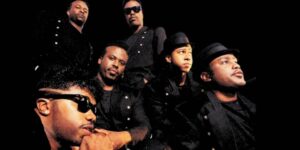The 1980s was a pivotal decade in American cinema, marked by a surge of films that not only captured the spirit of the times but also revolutionized the relationship between movies and music. Among the artists who played a pivotal role in this phenomenon was Kenny Loggins, whose contributions to soundtracks became synonymous with the era. His work on “Caddyshack,” “Footloose,” and “Top Gun” not only defined the films themselves but also left an indelible mark on pop culture.
The Power of Soundtracks in the ’80s
Before diving into Loggins’ contributions, it’s essential to understand the broader context of movie soundtracks in the 1980s. This decade saw a shift in how music was integrated into film. Rather than simply providing background ambiance, soundtracks became a crucial part of a film’s marketing strategy and emotional resonance. Hits from soundtracks often transcended their films, climbing the charts and embedding themselves in the cultural consciousness.
Caddyshack: A Comedy with a Memorable Score
Released in 1980, “Caddyshack” is a classic comedy that has become a cultural touchstone, in large part due to its humor and memorable characters. However, it’s the soundtrack that also helped elevate the film. Featuring a mix of rock and pop tracks, the score includes Loggins’ hit “I’m Alright.” This upbeat anthem captures the film’s lighthearted spirit and the carefree vibe of a day at the golf course.
Loggins’ contribution to “Caddyshack” was more than just a song; it was a perfect match for the film’s tone. The lyrics, which speak to resilience and positivity, resonate with the film’s themes of ambition and the humorous struggle against the odds. “I’m Alright” became a staple on radio playlists, charting as high as #7 on the Billboard Hot 100, and remains a beloved classic.
Footloose: Defining a Generation
Perhaps Loggins’ most iconic contribution to the ’80s film landscape is the title song for “Footloose,” released in 1984. This film, directed by Herbert Ross, tells the story of a teenager who fights against a town’s ban on dancing and rock music. Loggins’ “Footloose” perfectly encapsulates the film’s rebellious spirit and the longing for freedom.
Upon its release, “Footloose” shot to the top of the charts, reaching #1 on the Billboard Hot 100. The infectious energy of the song propelled it into the hearts of audiences and solidified Loggins as a voice of a generation. The music video, which features clips from the movie along with Loggins’ energetic performance, further cemented its popularity. The song’s message of liberation and self-expression resonated deeply with the youth of the era, making it an anthem of empowerment.
The film itself was a massive success, grossing over $80 million at the box office, a significant achievement for a dance-centric movie at the time. The soundtrack not only became a commercial hit but also played a crucial role in the film’s cultural impact. In a decade where individualism and youth culture were celebrated, “Footloose” and its soundtrack captured the essence of the times.
Top Gun: A High-Flying Legacy
Loggins’ involvement in “Top Gun,” released in 1986, further solidified his status as a soundtrack legend. The film, which follows the lives of elite fighter pilots, features “Danger Zone,” another song that would become synonymous with the 1980s. The track’s driving beat and soaring vocals encapsulate the thrill and adrenaline of aerial combat, making it an ideal fit for the film’s high-stakes narrative.
“Danger Zone” not only achieved commercial success, reaching #2 on the Billboard Hot 100, but it also became a cultural touchstone for the decade. The song has been featured in numerous retrospectives of the ’80s and remains a beloved classic, often associated with scenes of high-speed action. Loggins’ ability to craft a song that elevates the cinematic experience is a testament to his talent and understanding of the medium.
The impact of “Top Gun” extended beyond its box office success, grossing over $350 million worldwide. It influenced a generation, inspiring countless homages and parodies. The soundtrack, which featured a mix of rock, pop, and ballads, contributed significantly to the film’s legacy, with Loggins’ tracks standing out as highlights.
Legacy of Kenny Loggins and the ’80s Soundtrack
Kenny Loggins’ contributions to these three iconic films illustrate not only his talent but also the vital role of music in shaping the cinematic landscape of the 1980s. His ability to create songs that resonate with the themes and emotions of the films helped solidify their place in pop culture history.
Loggins’ work exemplifies how a well-crafted song can elevate a film, turning it into a cultural phenomenon. His collaborations with filmmakers and understanding of storytelling through music allowed him to create timeless classics that continue to resonate today.
As the ’80s drew to a close, Loggins’ influence on the soundtrack landscape remained strong, paving the way for future generations of musicians and filmmakers to explore the synergy between film and music. His contributions continue to be celebrated, with “I’m Alright,” “Footloose,” and “Danger Zone” frequently appearing on playlists, in film retrospectives, and in pop culture references.
Conclusion
In retrospect, the 1980s was a golden era for movie soundtracks, and Kenny Loggins stands out as one of its most influential figures. His ability to capture the spirit of the films he worked on ensured that his music became integral to the storytelling process. Through “Caddyshack,” “Footloose,” and “Top Gun,” Loggins not only defined the sound of a decade but also created timeless songs that continue to inspire and entertain audiences around the world. As we look back on this vibrant era, it’s clear that Loggins’ contributions are a crucial part of the tapestry of ’80s cinema.






